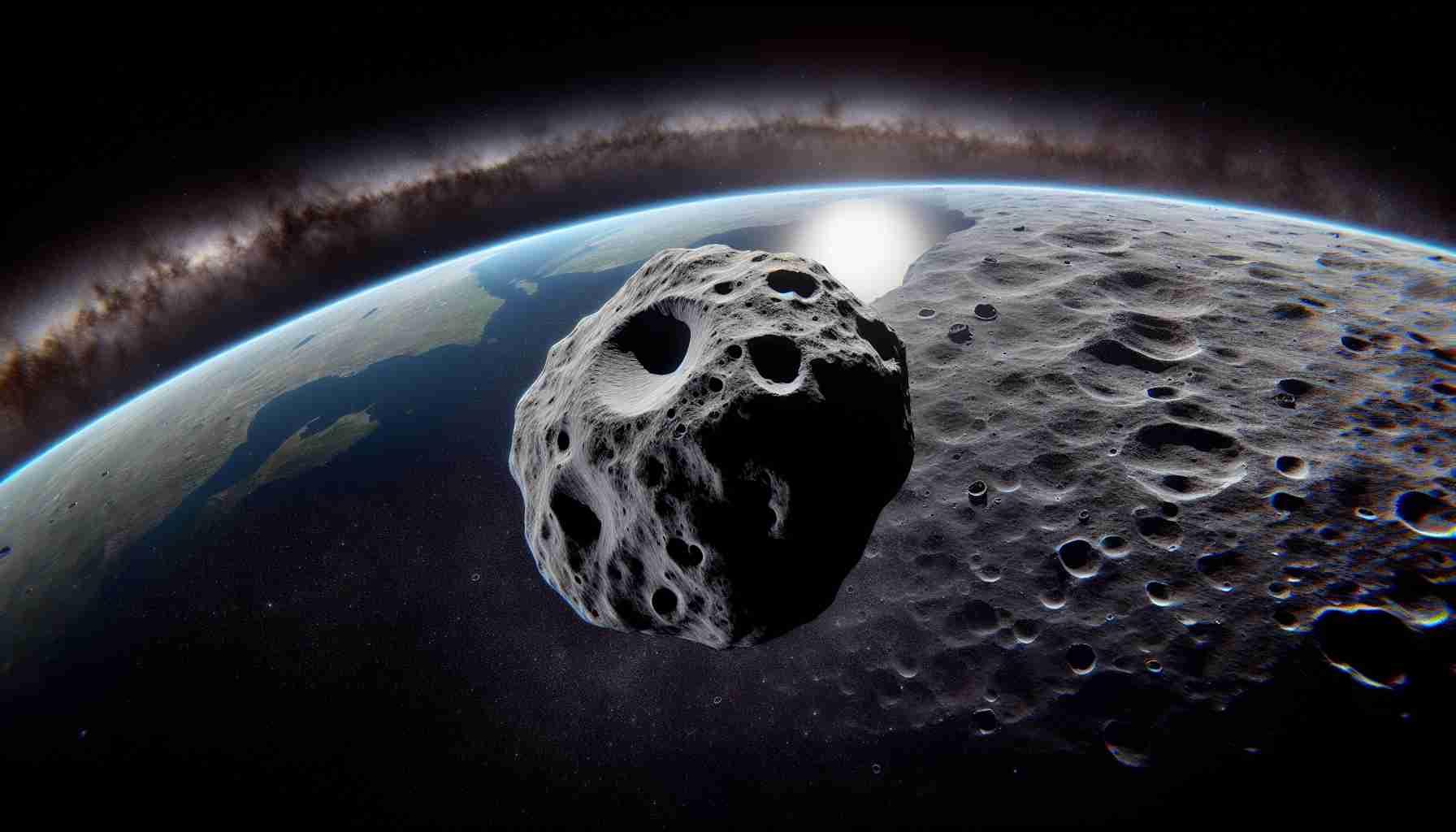As Earth prepares for the close approach of the asteroid Apophis in 2029, astronomers are paying particular attention to the potential geophysical effects that may accompany this celestial event. Known as a “city-killer” due to its substantial size—comparable to the Empire State Building—Apophis has been a focal point since its discovery in 2004. Researchers originally calculated a 2.7 percent chance of impact, but thanks to ongoing studies and refined models, that risk has now plummeted to nearly negligible levels, making headlines as one of the safest space encounters in recent history.
Led by Ronald-Louis Ballouz from Johns Hopkins University, a team of scientists has been investigating the implications of Earth’s gravitational influences on Apophis as it passes within approximately 19,000 miles of our planet. Their research suggests that as Apophis approaches, it could experience significant seismic activity, with tremors comparable to earthquakes occurring across its surface. This phenomenon, dubbed “astroquakes,” could reshape the asteroid’s outer layer.
Though the chances of Apophis impacting Earth are exceptionally low, it remains classified as a “potentially hazardous” object, capturing the fascination of scientists and the public alike. With an expected visibility to the naked eye, this massive asteroid serves as a stark reminder of the dynamic interactions between celestial bodies and the gravitational forces at play, even in the vast expanse of space.
FAQ Section
What is Apophis?
Apophis is an asteroid that is approximately the size of the Empire State Building. It was discovered in 2004 and has been classified as a “potentially hazardous” object due to its size and proximity to Earth.
Why is Apophis referred to as a “city-killer”?
Apophis is referred to as a “city-killer” because of its large size which poses a significant threat in the event of an impact with Earth. The potential damage from such an impact could be catastrophic, hence the nickname.
What were the initial calculations regarding Apophis’s chance of impacting Earth?
Initially, astronomers calculated a 2.7 percent chance of Apophis impacting Earth. However, ongoing research and improved modeling have reduced this risk to nearly negligible levels.
What are “astroquakes”?
Astroquakes refer to the seismic activity that may occur on the surface of an asteroid as a result of gravitational influences from nearby celestial bodies. In the case of Apophis, this could involve tremors comparable to earthquakes.
How close will Apophis get to Earth in 2029?
In 2029, Apophis is expected to approach Earth to within approximately 19,000 miles, which is remarkably close in astronomical terms.
Will Apophis be visible from Earth?
Yes, it is expected that Apophis will be visible to the naked eye during its close approach, capturing the attention of both scientists and the general public.
What does the study of Apophis teach us about celestial bodies?
The study of Apophis highlights the dynamic interactions between celestial bodies and the effects of gravitational forces in space, offering insights into the geophysical processes that can occur under such influences.
What is the significance of ongoing research regarding Apophis?
Ongoing research into Apophis helps to refine calculations about potential impacts and further our understanding of asteroids’ behaviors, ensuring that we can monitor and respond more effectively to any future threats.
Related Links
Nasa
Johns Hopkins University
Planetary Society
